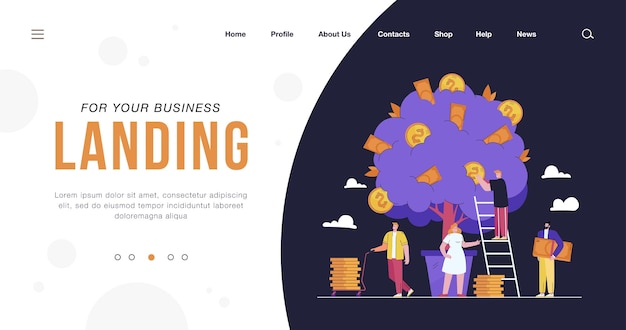
Understanding assets and liabilities is key to achieving financial success. Assets, such as real estate, appreciate in value and help you make extra money. On the flip side, liabilities drain your wallet. Let’s dive into these concepts to help you avoid financial pitfalls.
Your balance sheets will list all your assets and liabilities. While liabilities take money away, they’re not always bad. Well-managed debts can actually boost revenues. For instance, a business without a website or office might take out loans for necessary expenses, positioning itself for increased revenue.
Assets are beneficial and worth investing in due to their short- and long-term impacts. There are two main types: current and fixed. Current assets, like cash and short-term bonds, are typically used within a year. Fixed assets, such as software, furniture, and vehicles, are used over a longer period.
Assets can also be categorized by liquidity, which is how quickly they can be sold for cash. Liquid assets, like stocks and bonds, can be easily sold at market price. Illiquid assets, such as real estate, can take weeks, months, or even years to sell and may require price reductions to attract buyers.
Liabilities, like assets, can be short- or long-term. Short-term liabilities include money owed on credit cards and unpaid invoices. Long-term liabilities include mortgages and student loans. Fixed liabilities, like mortgages and deferred taxes, are obligations that don’t change.
Sometimes, it’s hard to tell if something is an asset or a liability—it can be both. For example, leasing a vehicle for your business is a liability because you don’t own it. However, if you plan to purchase the vehicle, it’s both an asset and a liability on your balance sheet. Once it’s paid off, it becomes a complete asset.
Liabilities require regular payments and, if not managed well, can lead to financial problems. Failing to meet payment obligations can result in fines, penalties, and even auctions. However, liabilities can also propel a business to success. For example, financing an investment through manageable debt can help a business grow without diluting ownership. Leasing company vehicles can save cash for other operations.
The basic accounting equation to determine your total assets is: Assets = Liabilities + Equity. Equity is your net worth after subtracting liabilities from assets. Ideally, this should be a positive and high number. Monitoring your balance sheet is crucial to ensure liabilities don’t outpace assets over time. Accounting software like QuickBooks can help track assets, liabilities, and cash flow.
Investing in assets can increase your income. Other assets include stocks, properties, and online businesses. If you’re not keen on analyzing stocks, index funds are a good starting point. Long-term investments in stocks can grow your assets over time. For more investment guidance, books like “The Little Book of Common Sense Investing” and “The Bogleheads’ Guide to Investing” are helpful.
Real estate is another way to build wealth, though it often requires a significant initial investment. If you lack funds for a down payment, consider increasing your net income through an online business or a higher-paying job. With enough savings, you can purchase property, rent it out, or renovate and sell it for a profit. “Rental Property Investing” by Brandon Turner is a great resource for real estate investment.
The internet has made starting a business easier than ever. Options include blogging, creating a clothing brand, or building websites for others. While challenging, with patience and effort, you can build an asset that provides ongoing financial benefits. Many people work online full-time or use side businesses to pay off debt or save for retirement.
To achieve financial success, understand the difference between assets and liabilities. Always evaluate purchases to determine if they’re assets or liabilities. Set clear financial goals and ensure your decisions align with them. Consult professionals for personalized investment advice.
By prioritizing investments in assets and minimizing liabilities, you’ll improve your financial health and reduce stress over finances.